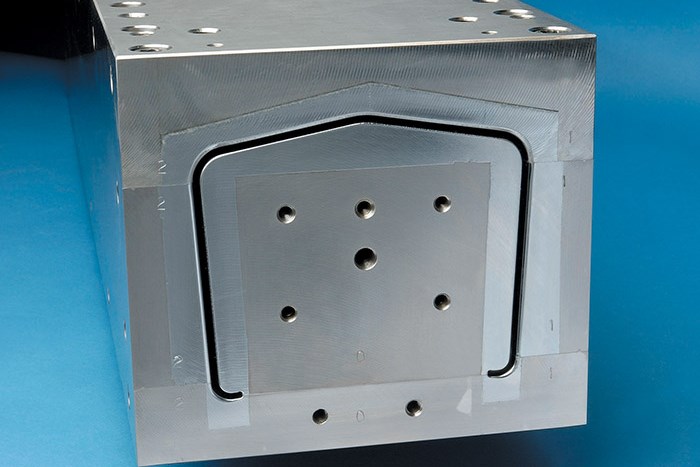CAMX 2021 exhibit preview: LUM Industry
LUM Industry specializes in the design and manufacture of highly precise pultrusion dies and molds for glass, carbon fiber or thermoplastic profiles.

LUM Industry (Limoges Usinage Mecanique, Boisseuil, France) has been specializing in pultrusion dies/mold manufacturing since 1990. More specifically, the company designs and manufactures steel pultrusion dies/molds for glass, carbon fiber or thermoplastic profiles. The company notes its other skills in mold design, machining, chroming and grinding on chrome.
Targeting manufacturers that develop composite profiles via pultrusion, research institutes (pultrusion, fibers) and pultrusion machinery manufacturers, LUM’s customers mainly reside in the U.S. and Europe. Overall, LUM says it is known for its technical know-how, reactivity, high-performance equipment, research for productivity and improvement and recognized quality products.
The company manufactures prototype or high-production tools from 1.969″ (50 mm) to 59.06″ (1,500 mm); dies with resin injection; offers hard chromed surface finishing (up to 1.97″); hardened steel by heating treatment; conformation of short dies; mandrels from 0-236″ (6,000 mm); fixing systems for mandrels; and preforming systems for fibers.
Related Content
-
TU Munich develops cuboidal conformable tanks using carbon fiber composites for increased hydrogen storage
Flat tank enabling standard platform for BEV and FCEV uses thermoplastic and thermoset composites, overwrapped skeleton design in pursuit of 25% more H2 storage.
-
Infinite Composites: Type V tanks for space, hydrogen, automotive and more
After a decade of proving its linerless, weight-saving composite tanks with NASA and more than 30 aerospace companies, this CryoSphere pioneer is scaling for growth in commercial space and sustainable transportation on Earth.
-
Jeep all-composite roof receivers achieve steel performance at low mass
Ultrashort carbon fiber/PPA replaces steel on rooftop brackets to hold Jeep soft tops, hardtops.













